In an era of partisan strife, Americans of all political parties overwhelmingly agree on one issue: we need better infrastructure. Crumbling bridges, unsafe water, and communities without broadband threaten our nation’s health, safety, and economic future. Yet the federal government’s role has remained largely unchanged for generations. Why is it so hard to find consensus on such an obvious problem?
In my three decades of work with the federal government, including my time in the White House, I kept running into the same three challenges. Our path to a new federal infrastructure policy is blocked by irrational expectations around limited funding, a failure to appreciate the diversity of needs, and misaligned incentives.
Our path to a new federal infrastructure policy is blocked by irrational expectations around limited funding, a failure to appreciate the diversity of needs, and misaligned incentives.
Let’s start with expectations.
Regretfully, federal funding is a zero-sum exercise. Federal funds for infrastructure come from individuals and companies in communities. If one community receives excess federal funding, then other communities are receiving less. Notwithstanding strong desires to the contrary, the same taxpayers contributing federal dollars are also those paying into state and local coffers. Infrastructure commentators frequently note that state and local governments cannot afford to pay for all of their infrastructure needs, so the federal government should help. Sure, the federal government can take revenues from another location or borrow against the future, but the net effect is either zero today or long-run borrowing costs.
Irrational expectations make it difficult to have reasoned policy conversations. My son used to tutor math, and one of his more creative students tried to dismiss poor test performance by declaring, “math lies.” Similarly, many shaping infrastructure policy are trying to utilize aspirational infrastructure investment math by pursuing a fantasy that federal funds can be spent on infrastructure without imposing a burden on state and local taxpayers. The inaccurate perception of the possibility of “free” federal investment leads to unattainable expectations.
While policymakers are struggling with infrastructure math, they are also facing a marvelously diverse set of infrastructure needs. When the federal government first seriously jumped into infrastructure investment, our needs as a nation were more clearly defined. For example, we needed a network of highways to connect the continent. The 1956 Highway Act addressed that need by imposing a national tax and providing a national benefit.
Fast forward six decades and our nation’s needs are vastly more diverse. In the 1950s and 1960s, the challenges were connectivity; today, it is safety, congestion, older pipes, functional bandwidth, and environmental impact. The locus of the need has also changed. The infrastructure needs of the last century were largely national in nature; today our needs are mostly local. While the federal government excelled in delivering the Interstate System, it is not well positioned to help with the broad diversity of infrastructure issues vexing our communities in the 21st century.
While the federal government excelled in delivering the Interstate System, it is not well positioned to help with the broad diversity of infrastructure issues vexing our communities in the 21st century.
Our country’s diversity of needs is amplified by diversity of ownership. Unlike many countries, most infrastructure in the U.S. is owned at the state and local level. Given the nomenclature, many Americans think the federal government owns the Interstates and the rest of the Federal Highway System, but those highways are all owned by state and local governments. Water systems are almost all locally-owned, resulting in Americans receiving water from over 51,000 community water systems. As we move further into the 21st century, our infrastructure needs will be increasingly defined by our 89,004 local governments, not by one federal government.
The third and final challenge to improving the federal role in our nation’s infrastructure is the most daunting. Federal involvement in funding state- and locally-owned infrastructure suppresses investment and encourages delay.
Three-quarters of infrastructure investment is made at the state and local level, yet the remote possibility of federal funding encourages governors, mayors, and county executives to postpone increasing infrastructure investment in the hope their projects will receive federal funds. This dynamic is akin to telling shoppers there is a small likelihood they will receive a coupon for 80 percent off their next suit purchase. Consumers will rationally engage in what economists call strategic delay and postpone their purchase in the hope of receiving a coupon. Many will continue to delay until their suit (our infrastructure) becomes unacceptably shoddy and worn. A few brave state and local leaders have ignored this disincentive to invest by boosting revenue, but they have done so at the peril of a future political opponent criticizing them for not working harder to get federal funding.
The federal government should reverse this coupon effect and build on the success of past incentive programs such as tax credits for renewable energy and the Smart Cities Challenge program. In all these cases, the federal government provided incentives to encourage investment, and the incentives resulted in a dramatic increase in available resources. Without this realignment, the coupon effect will encourage project proponents to ignore local resources and instead take lobbying trips to Washington, D.C.
This dynamic was displayed during a breakfast I hosted in the White House with a delegation seeking federal funding for a port project. Their best selling point was a study demonstrating the seven dollars in economic benefits that would be generated for every dollar invested in the port. I thanked them and pointed out they were in the wrong city. They should be in New York, not Washington, as there is virtually no limit to the number of investors interested in a return of such magnitude.
Updating our nation’s infrastructure policy will be challenging, but it is critical. Infrastructure is the only policy area affecting services utilized by every American, every day. Improving our nation’s infrastructure not only helps spur economic growth, but also dramatically improves our quality of life. Repeated public opinion surveys have shown that the vast majority of Americans want better infrastructure. People are tired of wasting time in traffic, worrying about water quality, or living without broadband.
Improving our nation’s infrastructure not only helps spur economic growth, but also dramatically improves our quality of life.
Overcoming the problems of expectations, diversity of need, and misaligned incentives requires us to work with the real owners of infrastructure assets: governors, mayors and county executives. They are best positioned to develop a post-Interstate, 21st century infrastructure policy framework that provides a more efficient way to build and maintain the world’s best infrastructure.
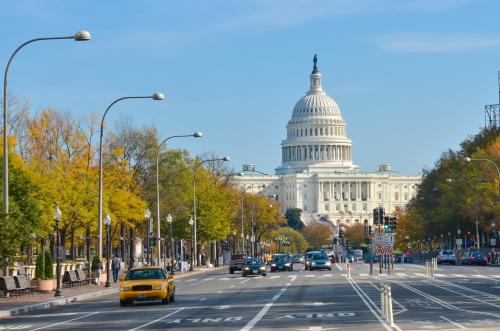
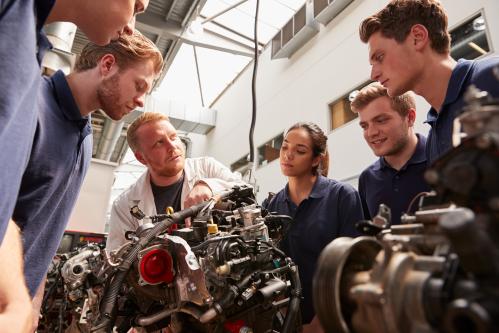
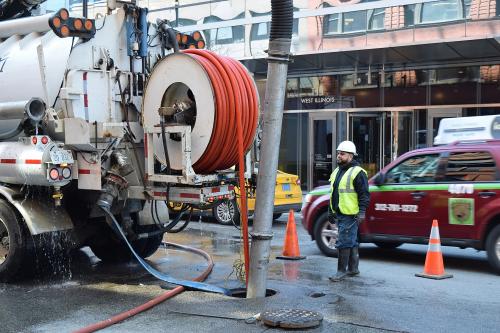


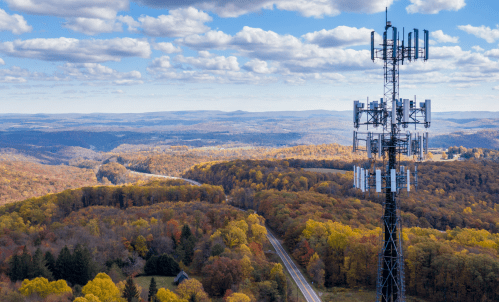
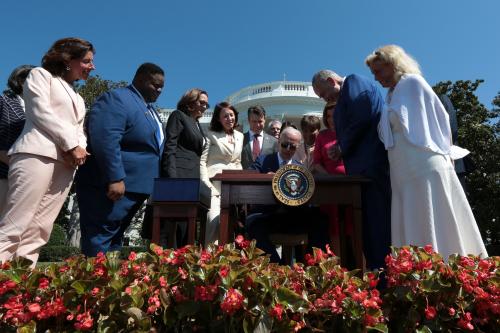
Commentary
Why is federal infrastructure policy so difficult?
February 28, 2019